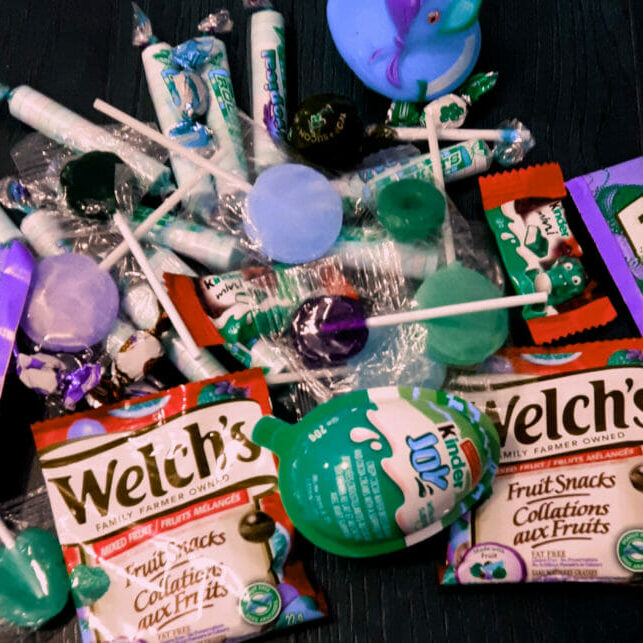
Who from North America doesn’t remember getting all dressed up on the night of October 31, in their costume of the year, pillowcases in hand? Who doesn’t reminisce about the neat costumes they wore over the years; cowboy, astronaut, witch, zombie, Superman? And yet, every year we see less and less little costumed souls running around on All Hallows Eve — what happened to trick-or-treating?
A time-honoured tradition
Trick-or-treating is a time-honoured tradition where I come from. Growing up in Hants County, I got dressed up and collected candy from my neighbours every Halloween. Almost everybody in the subdivision had bowls of candy or boxes of chips to hand out in the evening. As the years went by, more porch lights remained off during trick-or-treating hours, and more doors stayed closed to our excited knocking.
My mother and grandmother always kept a running tally of how many trick-or-treaters they got each year. This was so they could be prepared with enough candy the following year. Those tallies have been steadily diminishing over the years. Now, the numbers are at a point where I think it’s safe to say that trick-or-treater numbers are half of what they were when I went out on my first Halloween, at the fresh age of four days old.
I think the reasons behind this decline in trick-or-treaters are numerous. These factors include helicopter parenting, an aging population, low-income housing, technology, and accelerated maturity.
Don’t take candy from strangers
If trick-or-treating is broken down to its core, you’re allowing your children to knock on strangers’ doors and take candy from them. What’s one of the first rules you teach your kids? Don’t take candy from strangers. The majority of today’s parents are overprotective of their children. The decline of trick-or-treating tradition could be a symptom of this new-fangled method of parenting. I don’t have any children myself, but personally I don’t agree with this new era of helicopter parenting. Some modern-day children grow up so coddled and protected that they don’t know how to handle the real world.
Limited access
Another factor is access. The early baby boomers are becoming elderly and they make up a large percentage of the population. As people get older they are less inclined or less able to go out and purchase candy and they don’t have the mobility to be jumping up every few minutes to greet children at the front door.
Today we see a lot more single parents and low-income families, and more times than not, these families reside in apartment buildings. Children living in apartment buildings may be able to trick-or-treat within the building, but are less likely to venture out to other areas, especially since many apartment buildings in the Halifax Regional Municipality have no close-by subdivisions.
Technology and disinterest
Trick-or-treating aside, children in this era are spending less time outside in favour of spending more time indoors using technology. Whether it’s lying in bed scrolling through Instagram on their phones, surfing the internet on the computer, or sitting in front of the TV watching Netflix or playing video games, it is undeniable that technology has negatively affected the outdoor activity level of our children today.
I suppose some children see it like this: “why would I go walk around the neighbourhood for hours just to come home with a pillowcase of candy, when I can go out and buy my own candy and sit at home while I enjoy it?” Don’t get me wrong, this doesn’t describe all children, but there are some children out there who can’t be bothered with our traditional Halloween antics.
Accelerated maturity
Accelerated maturity also has a large effect on our trick-or-treater numbers. Speaking from experience, children are getting introduced to teenage parties before they’re teenagers and they’re getting drunk before they even start high school. This is obviously a major problem outside the realms of Halloween, but that’s another story. While I got dressed up and went out with my friends to knock on doors, the majority of my peers went to parties to get drunk. Starting in about Grade 6 or 7, trick-or-treating lost its draw and alcohol lured away many of our trick-or-treaters.
There are scores of potential explanations as to why North America has watched its trick-or-treater numbers dwindle. Nobody could truly say for sure what the reasons are, they can only speculate as I have. Regardless… I say we bring back trick-or-treating!






